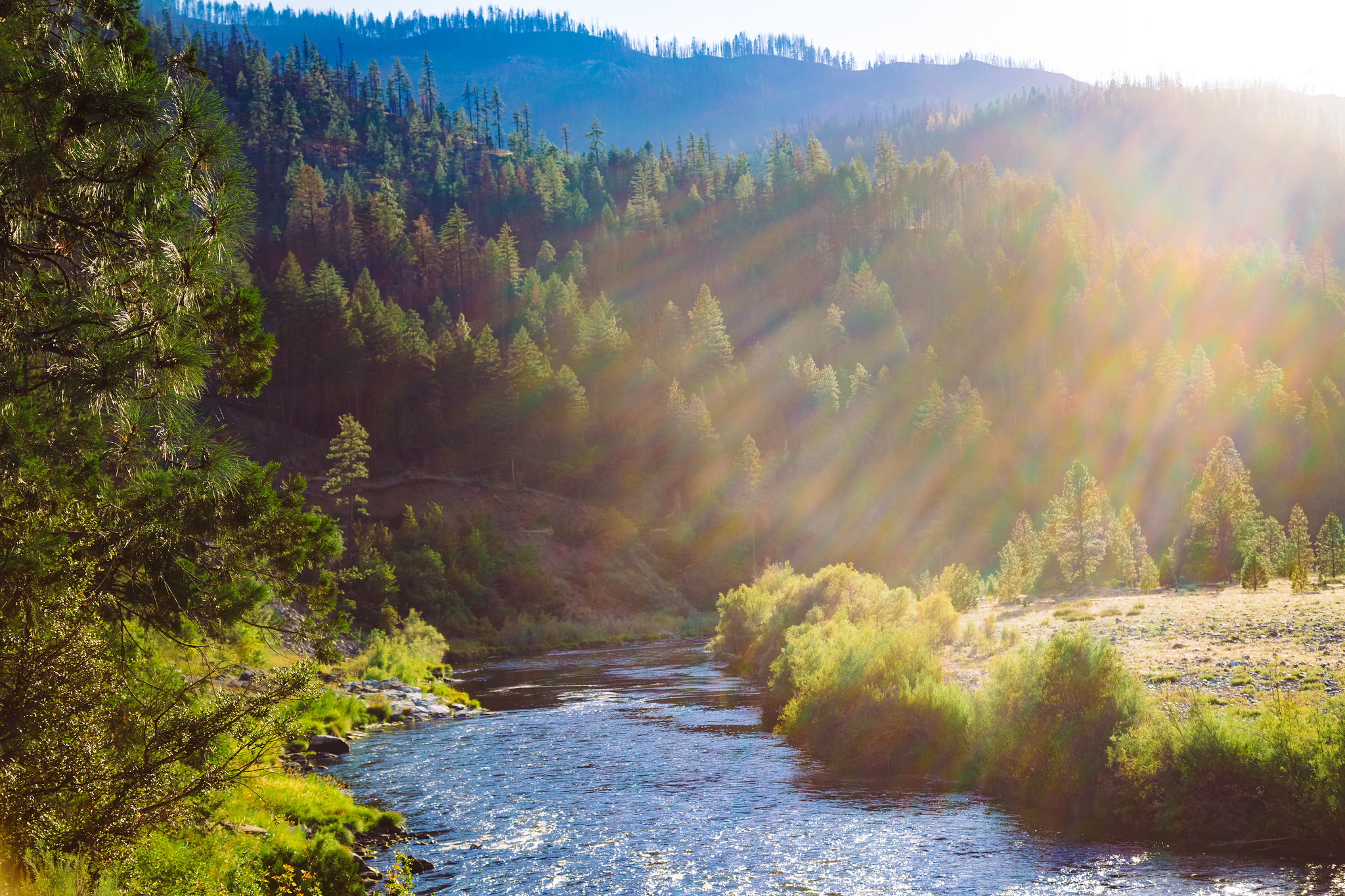The largest dam removing undertaking in American background is back again on keep track of, pursuing an settlement past week to move forward with demolition of 4 dams on the Klamath River in southern Oregon and Northern California. By securing supplemental state funds to promise the challenge, the arrangement clears a money logjam that has extensive delayed the world’s most formidable salmon habitat restoration software.
The deal is a main victory for environmentalists, anglers, river-runners, and particularly the Yurok and Kuruk tribes, whose culture and sustenance rely on the at the time-considerable salmon runs that the dams have all but annihilated over the final century.
“This dam removing is a lot more than just a concrete job coming down. It is a new day and a new era,” Yurok Tribe chairman Joseph James reported. “Our way of daily life will prosper with these dams currently being out.”
The tribes have been at the forefront of a a long time-lengthy dam removing combat, top a coalition that also involves environmental advocates, out of doors recreation teams, and the industrial fishing industry. An agreement to take out the dams was achieved in 2010, but has stalled regularly in excess of the sticky problem of who will shell out for the removal. The most current hitch came in July, when federal regulators questioned irrespective of whether the nonprofit Klamath River Renewal Company (KRRC), which was formed to oversee the demolition and restoration application, could cope with probable value overruns.
The new system provides a $45 million reserve to the project’s $450 spending plan, with the additional resources delivered evenly by Oregon, California, and PacificCorp, the utility that owns the dams. If prices outrun the contingency fund, California and Oregon taxpayers, and PacificCorp will be on the hook. PacificCorp is owned by billionaire Warren Buffett’s expense firm, Berkshire Hathaway.

Ward’s Canyon of the Klamath for the duration of a move research to determine flows excellent for whitewater recreation. Cloudstreetpilot/American Whitewater
The approach still must obtain Federal Electrical power Regulatory Fee acceptance. If the company symptoms off as predicted, demolition could begin in 2023. That timeline may well audio acquainted. When I rafted the Klamath with my family in 2018, the perform was anticipated to start in a few yrs, thanks to a new settlement that had a short while ago been signed. Now we have another new settlement, and dam removing is supposed to commence in . . . three several years.
The dams have been remarkably persistent taking into consideration they do tiny great for any person. Created concerning 1908 and 1962, the 4 PacifiCorp dams are not built for flood control or irrigation, and account for only 2 % of PacifiCorp’s electricity era capacity. They reduce off hundreds of miles of salmon habitat on the Higher Klamath, which was after the third most successful salmon river on the West Coastline. Harmful algae grows in the reservoirs at the rear of the dams each summer, impacting fish populations and earning the river dangerous for swimmers and even dogs.
Nonetheless, just discuss of eradicating the dams has induced lakeside property values to plummet by fifty percent, provoking widespread opposition to the job from community folks and county governments. Some farmers significantly upstream also have opposed the plan. However two Klamath dams they rely on for irrigation are not slated for removing, they worry that any dam removing sets a precedent that could have an affect on their livelihood.
Removing the dams would be a boon to recreational end users, together with anglers and boaters. The Decrease Klamath down below Pleased Camp, Calif., supports a vibrant rafting sector, and the 35-mile stretch previously mentioned it is a person of the ideal multi-working day floats in the West for young families. Farther upstream, dam removing would restore common flows to Course III and IV canyons that have almost never run since the dams went in decades back.

The Copco 2 dam on the Klamath River is a single of 4 on the river slated for removing. Thomas O’Keefe/American Whitewater
The most profound reward, if the tribes, environmentalists and fisheries scientists are right, will be the return of the river’s existence-giving salmon runs. Removing of the Klamath dams is the initially move in the most formidable salmon restoration exertion in record. Paradoxically, that procedure will most likely start off with even more worry on fish populations, as some 30 million cubic yards of sediment trapped at the rear of the dams flushes downriver. The silt, sand and gravel inevitably will give new breeding habitat for returning salmon and steelhead, but 1st it will create turbid ailments.
Dam elimination critics say the sediments could consider decades to clear. Proponents believe most of it will clean out in the very first higher-drinking water time. That is what occurred https://therevelator.org/elwha-dam-elimination/ following a 108-foot-high dam was removed from the Elwha River on Washington’s Olympic peninsula in 2012. Sediment from the reservoir additional miles of beach to the river’s delta, and spawning salmon were being noticed upstream of the dam web page months immediately after demolition. Because then, additional than 1,700 dams have been dismantled all around the United States. If the Klamath River undertaking goes ahead it will be the greatest by considerably.
There’s no certainty in river restoration, but the science and constrained experience with dam elimination counsel the Klamath and its salmon populations can regain their pre-dam health, and that they can do so above the study course of years instead than decades. For Chook-Chook Hillman, a Karuk tribal member combating for dam elimination, the query goes further than science. It’s a issue of faith.
“If you offer a very good place for salmon,” he explained, “they’ll generally occur property.”
Top rated image: Tony Webster
